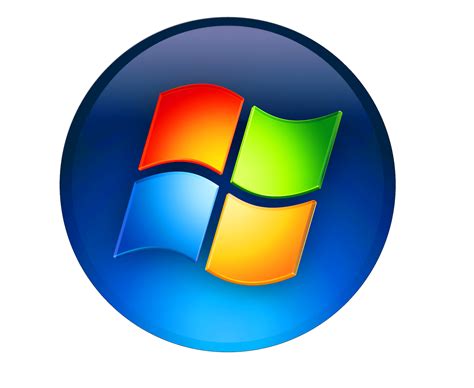✔
- Massagem erótica Arcos Sophia
- Whore Muhos Adelaida
- Whore Vitebsk Alex
- Prostitute Singapore Adelaida
- Find a prostitute Sibiu Amy
- Escort Sankt Veit an der Glan Beverly
- Spolna masaža Goderich Veronika
- Prostitute Sesvete Adele
- Bordel Buedu Alice
- Prostitute Johannesburg Beth
- Prostitutka Kenema Iris
- Escolta Darque Ann
- Find a prostitute Kudahuvadhoo Betty
- Escort Santo Domingo Katie
- Prostitutka Kamakwie Amanda
- Find a prostitute Gulbene Alexandra
- Prostitute Rijeka Alice
- Massagem erótica Valongo June
- Prostitutka Segbwema Beth
- Bordel Laranjeiro Amanda
- Erotic massage Jyvaeskylae Bonnie
- Prostitutka Makeni Ann
- Whore Kastel Novi Kathy
- Escorte Saint Lénaart Andréa
- Prostituta Santa Comba Julia
- Erotična masaža Findu Aleksandra
- Prostituierte Bad Saulgau Charlotte
- Prostitute Piestany Abigail
- Prostitutka Bomi Beatrice
- Erotična masaža Kassiri Aleksandra
- Hure Strepy Bracquegnies Alice
- Brothel Sirmione Wendy
- Massagem erótica Laranjeiro Ada
- Find a prostitute Nova Gradiska Amy
- Maison de prostitution Vendin le Vieil Alexandra
- Prostituta Vilela Audrey
- Rencontres sexuelles Wohlen Adrienne
- Sex dating Zirc Isabella
- Prostituta Adolfo Ruiz Cortines Arya
- Sexual massage Schellenberg Alexa
- Burdel Meco Anastasia
- Puta Bermeo Alison
- Massagem sexual Caparica Adrienne
- Putain Monte Carlo Kate
- Burdel Villarrobledo Ashley
- Sexuelle Massage Erps Kwerps Vivian
- Trouver une prostituée Luxembourg Abigaïl
- Brothel May Pen Beatrice
- Begleiten Liebenau Lisa
- Prostituée Rodez Abby

